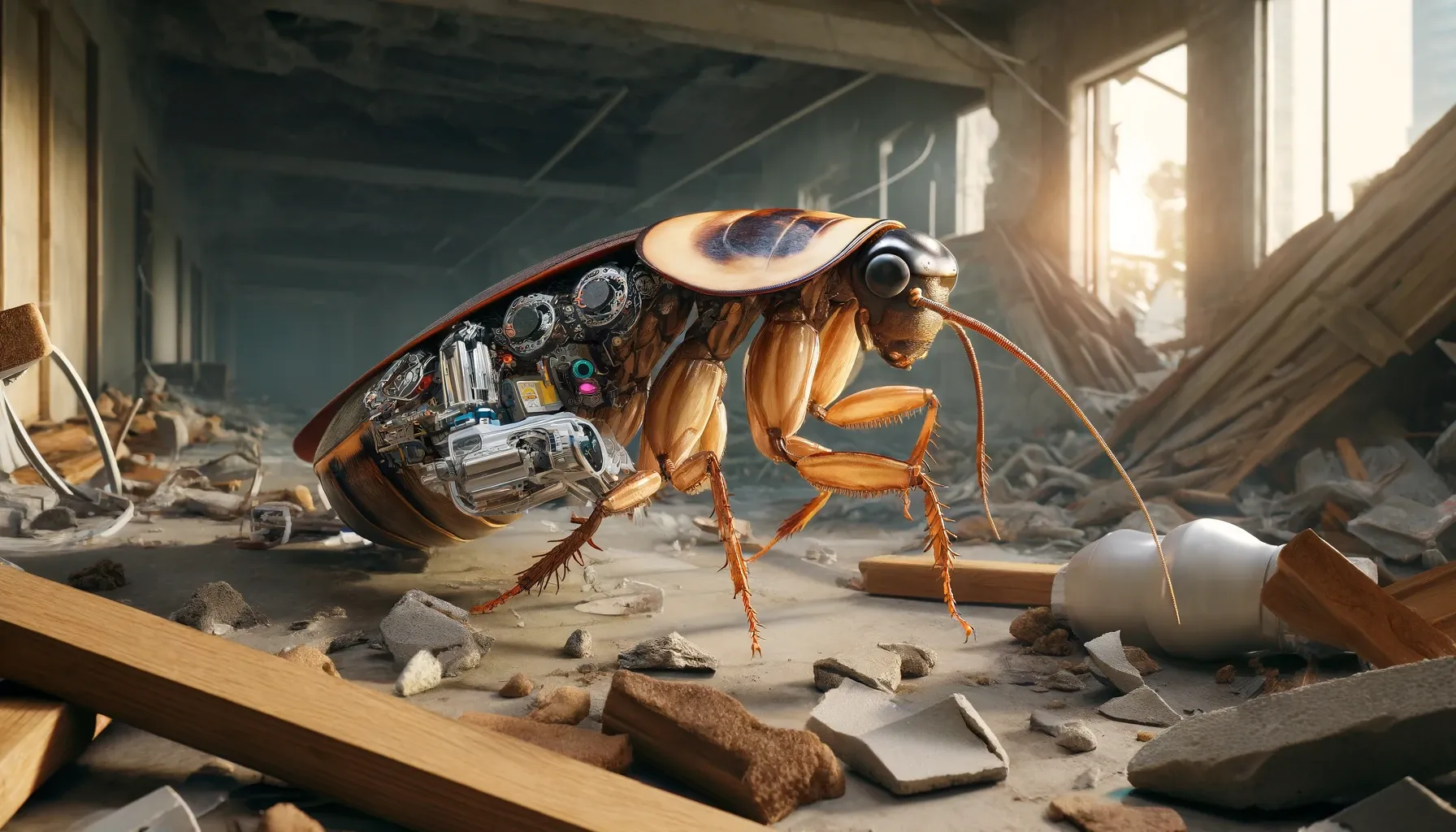Cyborg Cockroaches Get 3D Printed Artificial Limbs
In the realm of advanced robotics and bioengineering, researchers have made significant strides by combining living organisms with cutting-edge technology. One notable development is the creation of cyborg insects, which have shown great promise in search and rescue operations due to their ability to navigate complex terrains. A recent breakthrough
In the realm of advanced robotics and bioengineering, researchers have made significant strides by combining living organisms with cutting-edge technology. One notable development is the creation of cyborg insects, which have shown great promise in search and rescue operations due to their ability to navigate complex terrains. A recent breakthrough involves the Madagascar hissing cockroach, a popular choice for such experiments because of its adaptability and ability to carry additional payloads.
However, integrating electronic components into these insects can disrupt their natural movement, particularly when the added weight shifts their center of mass, making it difficult for them to maintain balance and causing frequent falls.
The 3D Printing Solution
A collaborative effort by researchers from Waseda University in Tokyo, Japan, and Singapore has led to an innovative solution inspired by the self-righting ability of the ladybird beetle. Ladybirds use their robust elytra (wing covers) to push off the ground and roll back onto their feet when overturned. Mimicking this natural mechanism, the team designed a 3D printed artificial limb to aid cyborg insects in righting themselves.
The artificial limb integrates several components: sensors, control logic, and power storage, all housed within a curved shell. This design not only helps distribute impact forces, preventing damage, but also assists the insect in regaining its footing.
Fabrication and Testing
Using Digital Light Processing (DLP) 3D printing technology, the researchers fabricated the artificial limb with a shell curvature optimized through multiple design iterations to ensure both flexibility and strength. The results were promising.
Experiments showed that the artificial wing significantly improved the self-righting performance of the cyborg cockroaches. The design allowed the insects to recover from tilting angles of up to 150°, whereas simpler designs failed to provide consistent recovery. This enhanced capability is crucial for maintaining the insect's operational efficiency in unpredictable and often hazardous environments.
Practical Applications
In disaster scenarios, the enhanced mobility and self-righting ability of these cyborg insects can make a significant difference. The compact mode of the artificial limb facilitates movement through tight spaces, while the expanded mode aids in righting the insect if it becomes overturned. This dual functionality ensures that the cyborg cockroaches can navigate through rubble and other obstacles, providing continuous reconnaissance and search capabilities.
The integration of 3D printed artificial limbs marks a substantial advancement in the field of biohybrid robotics. By enhancing the natural abilities of insects with technological augmentations, researchers are paving the way for more effective and resilient tools in search and rescue operations. This innovative approach not only broadens the potential applications of cyborg insects but also sets a precedent for future developments in combining biology with robotics.
In conclusion, the marriage of 3D printing technology with biological organisms represents a promising frontier in robotics, offering new solutions for some of the most challenging environments. The success of these 3D printed artificial limbs underscores the potential of biohybrid solutions in enhancing the capabilities of living organisms, making them invaluable assets in disaster response and other critical operations.





